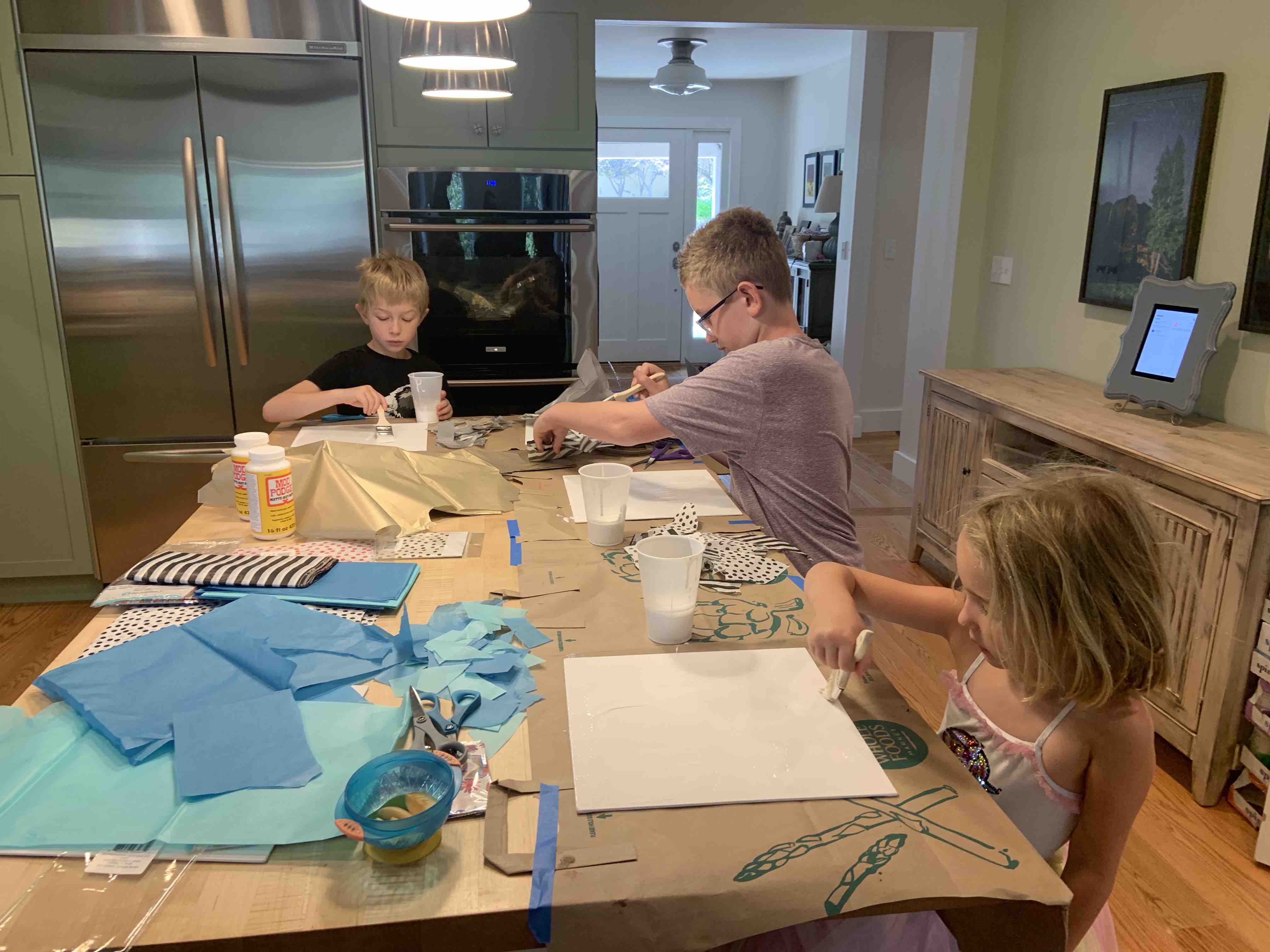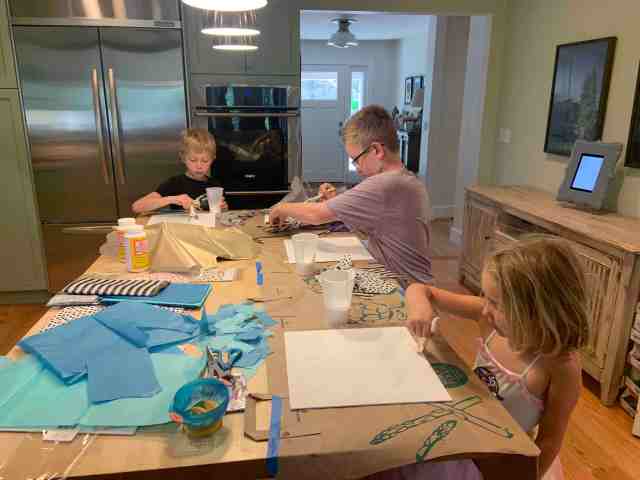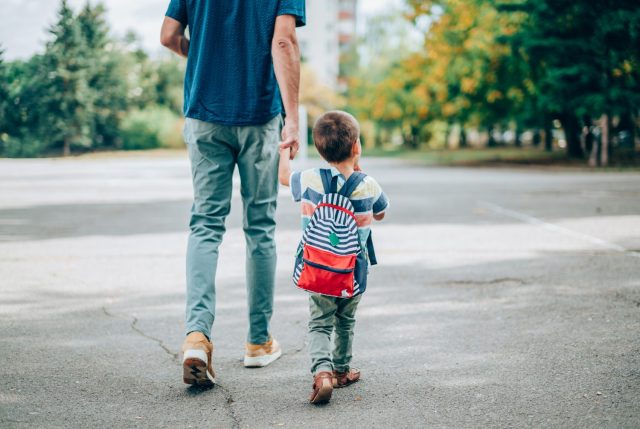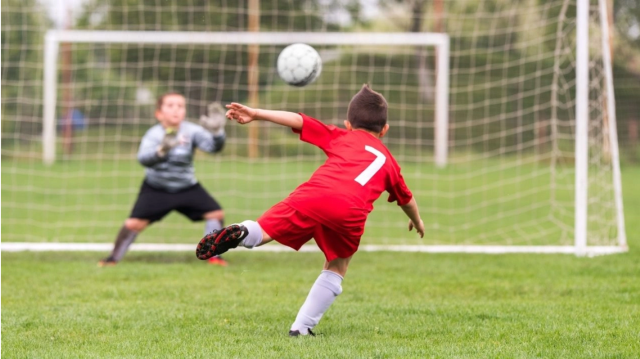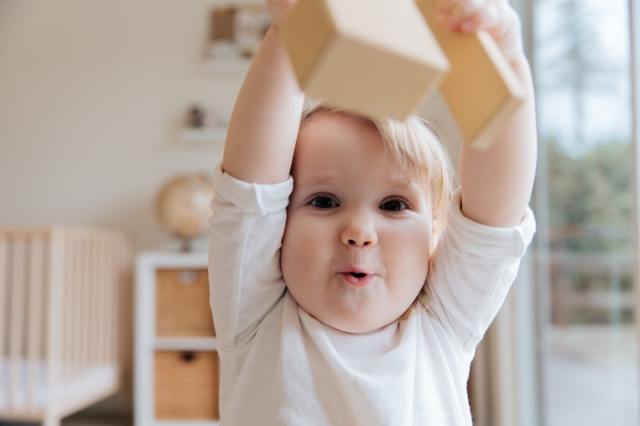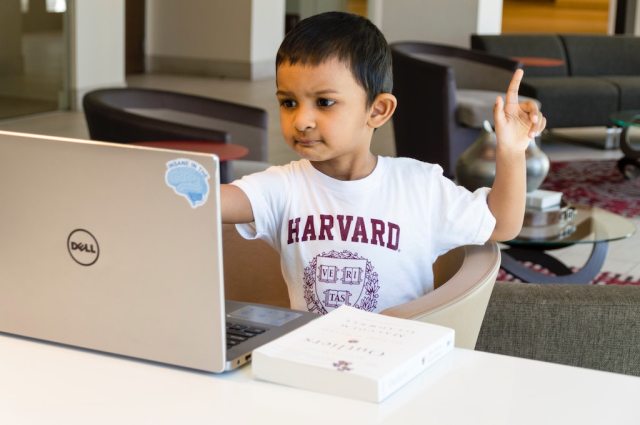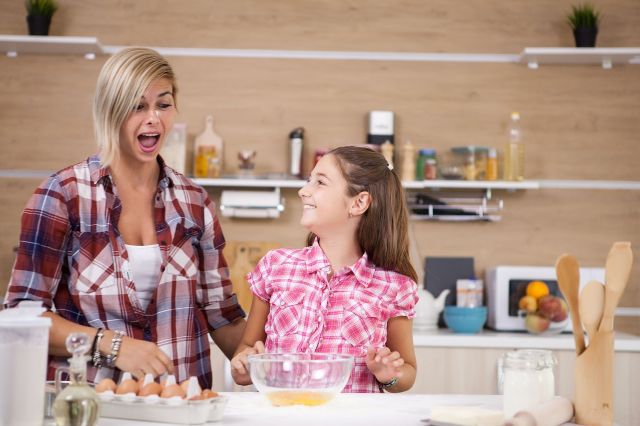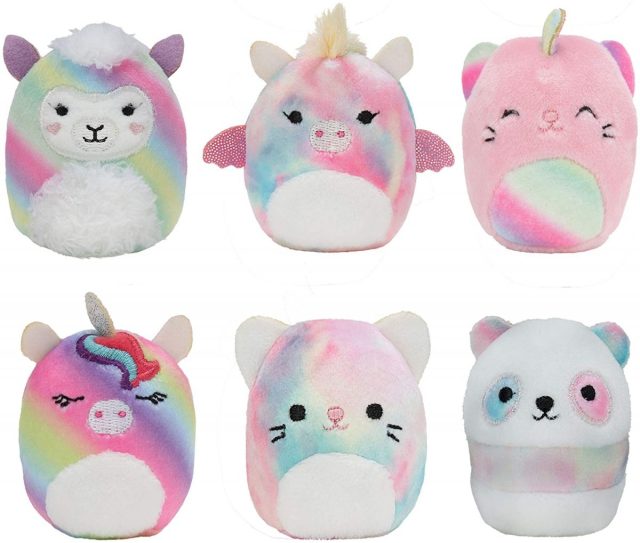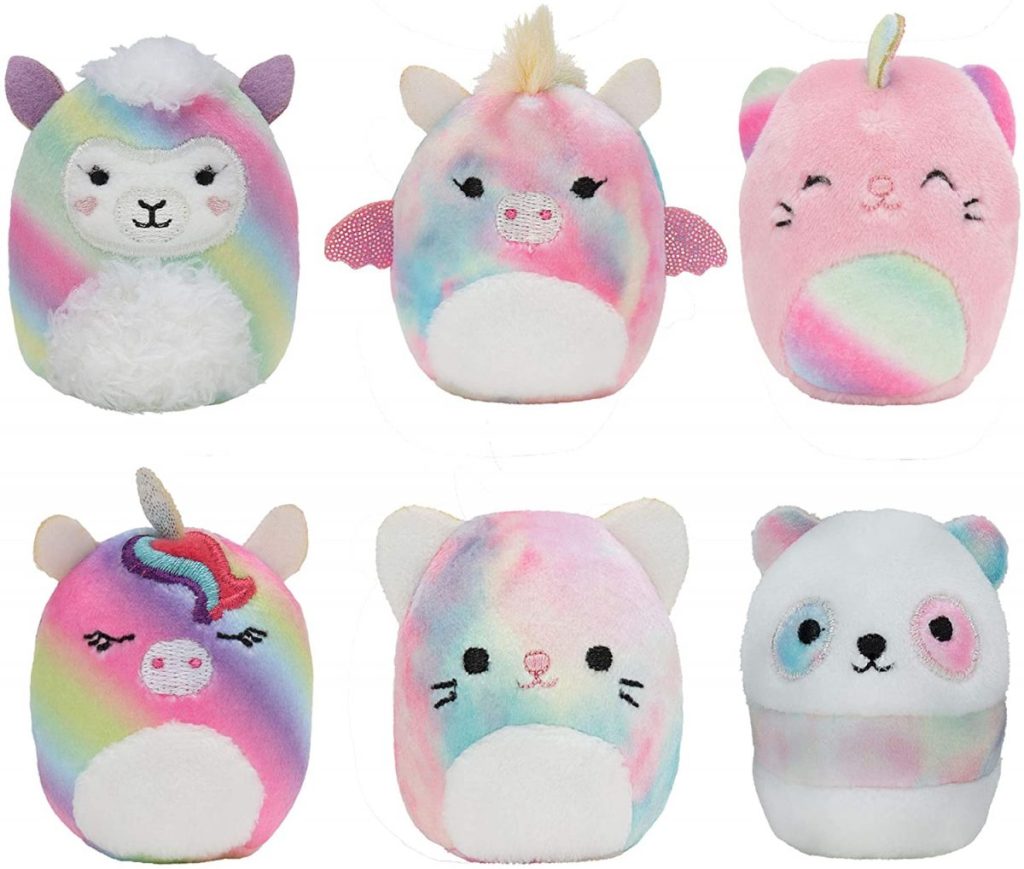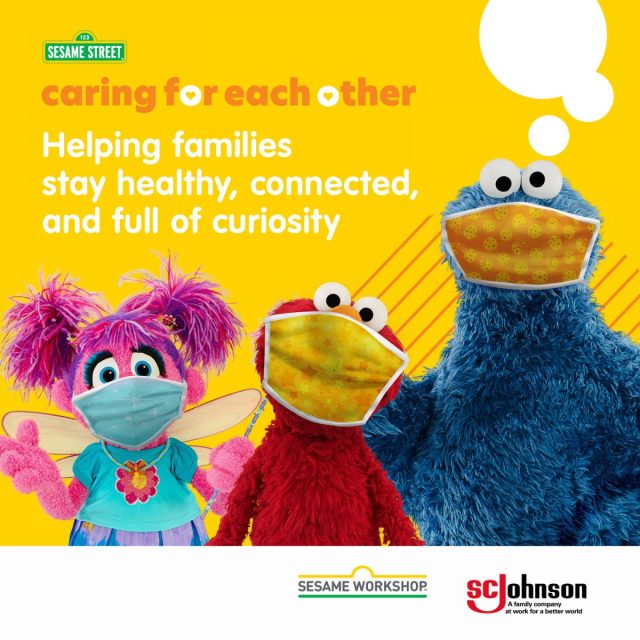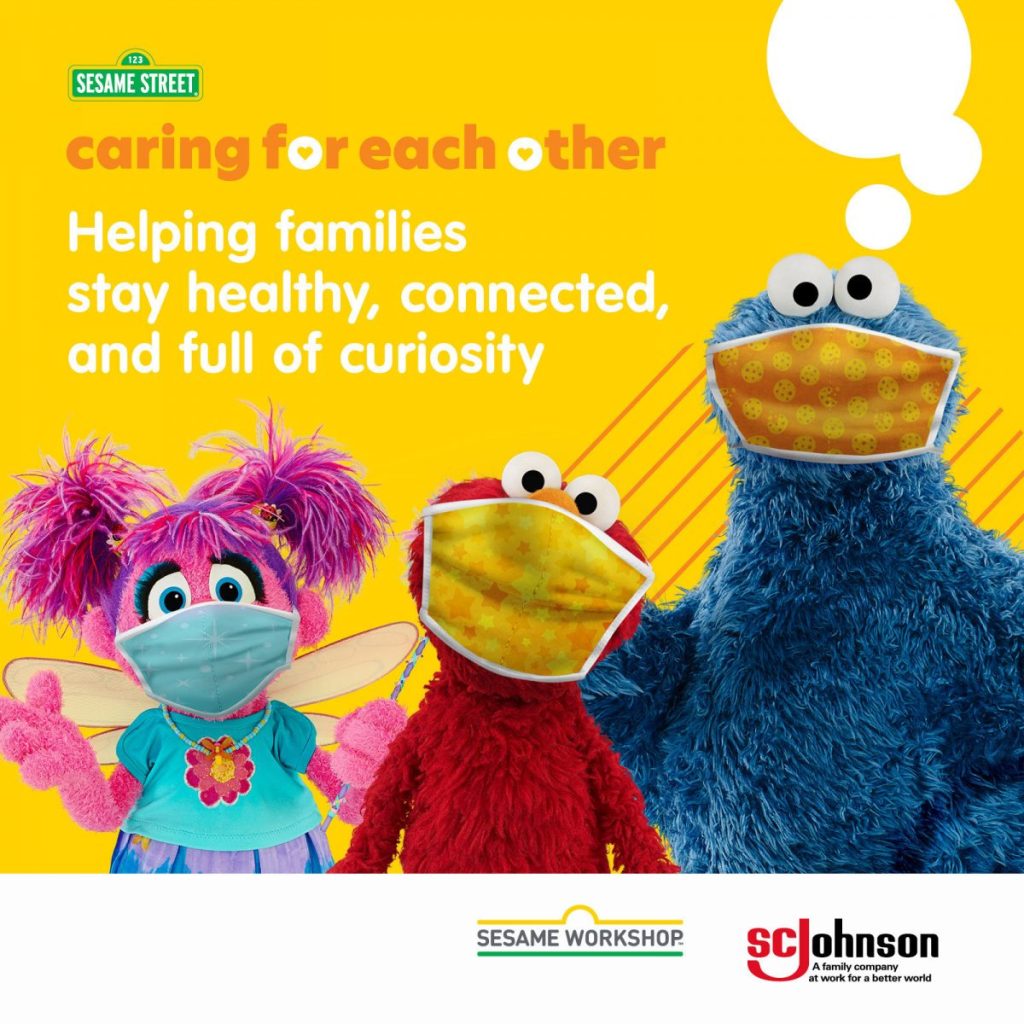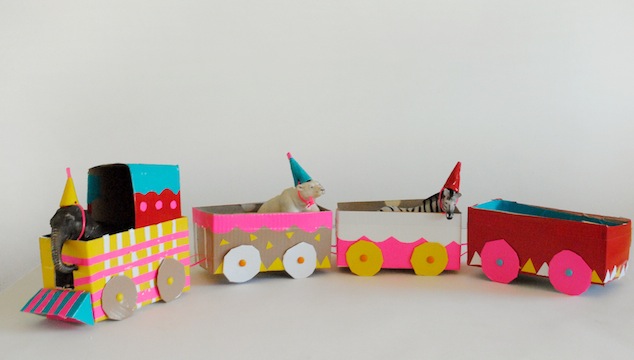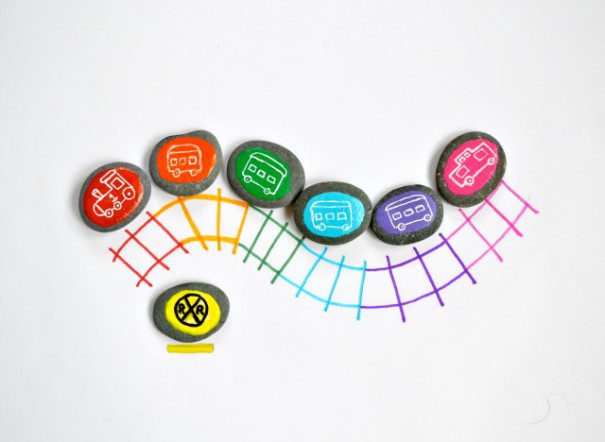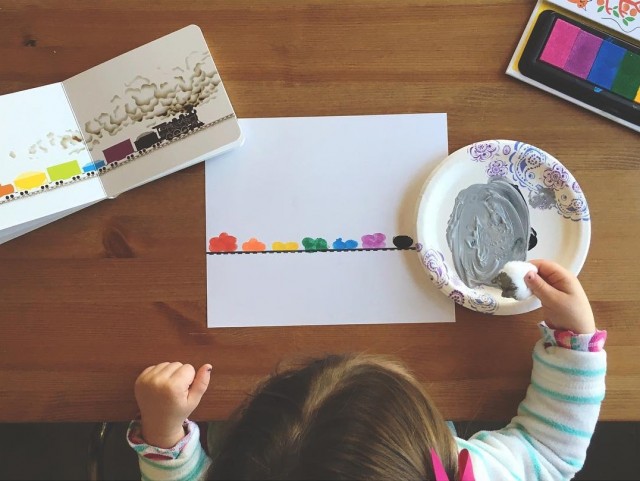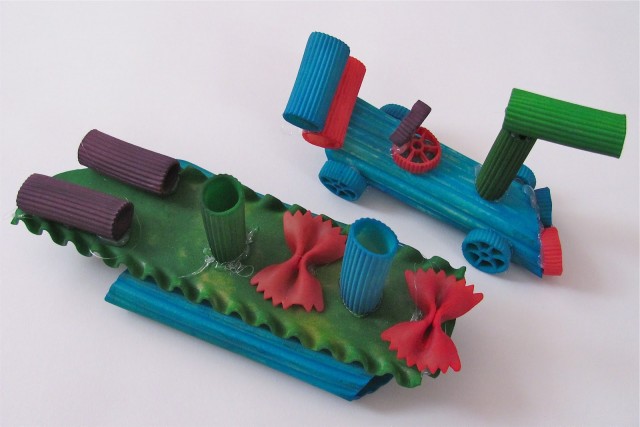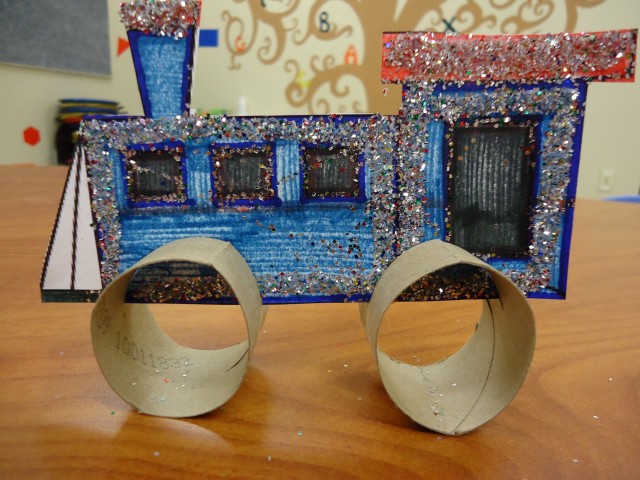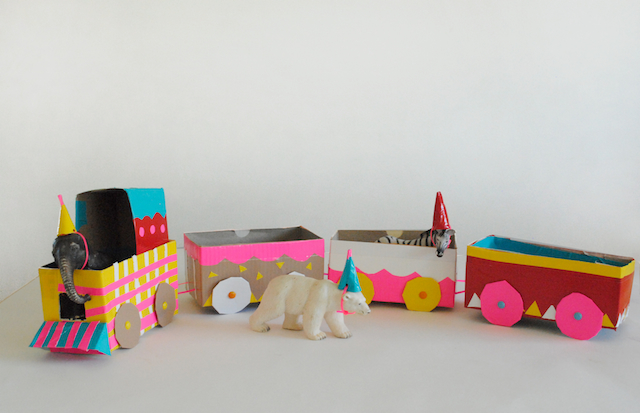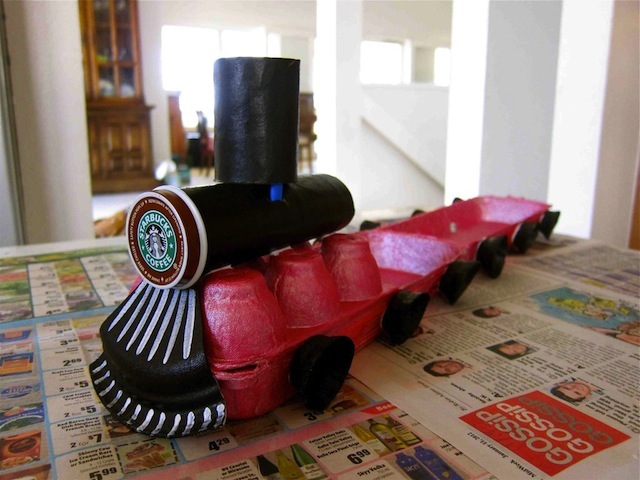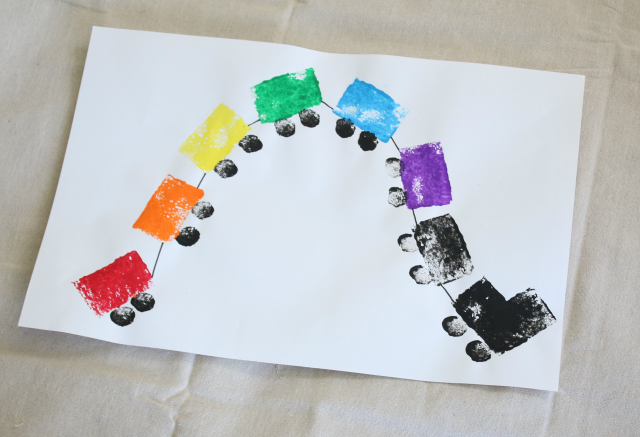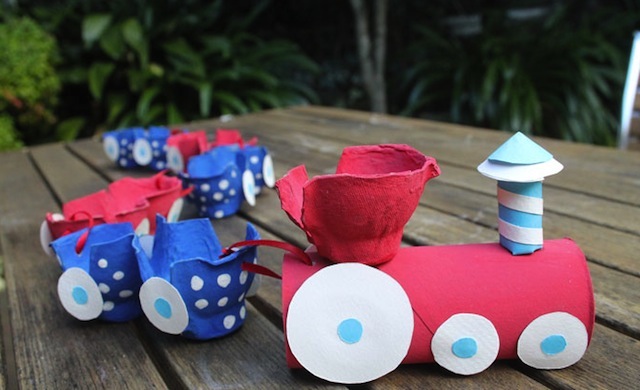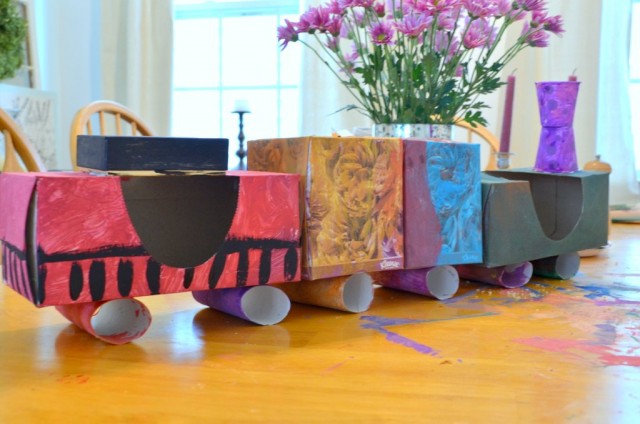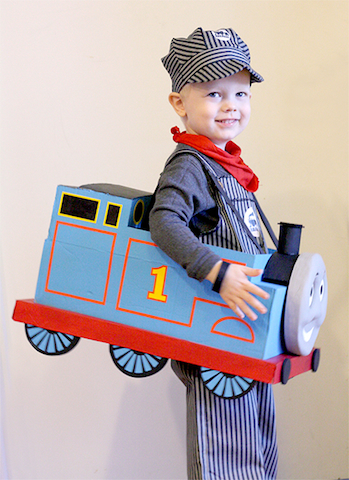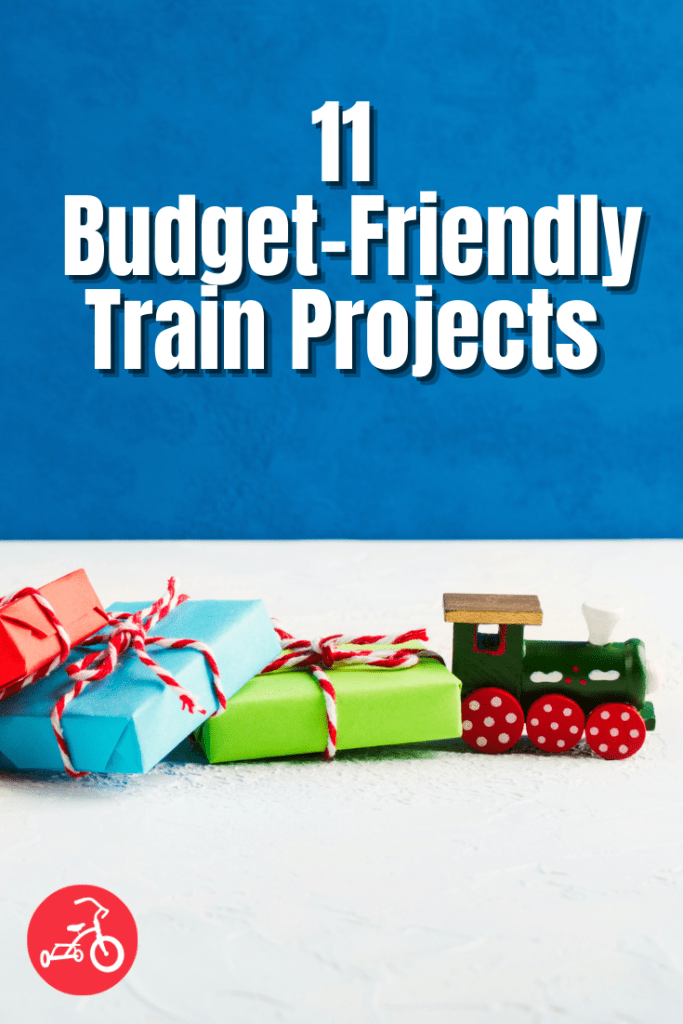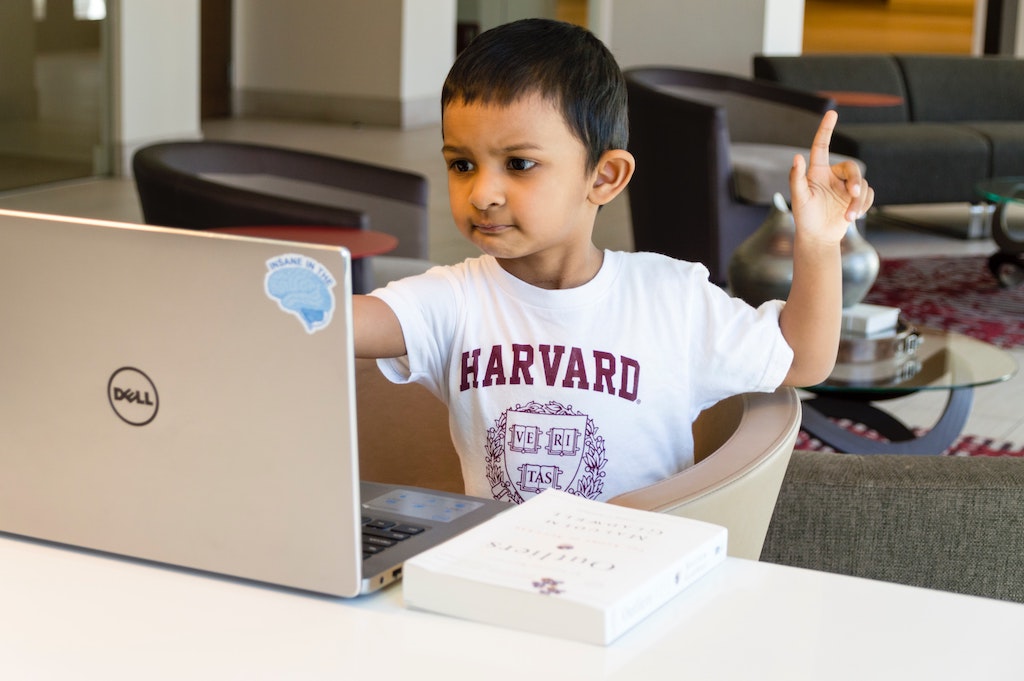
The Struggle Is Real. It’s a phrase I used all the time pre-pandemic. Didn’t drink enough water today? The struggle is real. Couldn’t find the right jeans? The struggle is real. Twins throwing a screaming meltdown in Ralphs? THE STRUGGLE IS REAL.
Ah, the bliss of pre-2020 life.
I’m a mom to 5 1/2-year-old boy/girl twins. I could go on and on about my amazing daughter, but this is about my son. Why? Not only am I a twin mom, but I’m a mom of a child with special needs.
We noticed early on that my son was delayed. At first, we thought it was because my daughter was advanced, but after an assessment with our local Regional Center, we received the news that he needed support. I went through the first year devastated. No one likes to hear that something is wrong with their child, but I was hearing it repeatedly. Each time it was a kick in the gut. Here, the struggle was real.
As we went through Regional Center and then through our local school district it became clear that my son had a speech impairment and needed help with motor skills. It took a year but I finally found the perfect speech therapist and he was thriving in occupational therapy. My husband and I found the charter school that was the right fit for our family and we were set. The twins were off to TK in August of 2020 (or so we thought) and we could finally have a bit of breathing room.
I look back at that time now and laugh. Not funny haha, but more of how naive I was back then. Originally the idea of a 2-week stint at home without preschool or therapy sounded lovely. We could connect as a family, and then 2 weeks turned into a year, and here we are.
Not only is the struggle real because we are living during a once-in-a-lifetime pandemic, but my child (along with millions of others with special needs) stopped receiving hands-on in-person services. Once again I was gutted. He was making so much progress in therapy and now he had to try to get the same benefits via zoom.
While his therapists did the best they could, it was not easy to get him to adjust. Not only did he adore seeing his therapists in person, but it was solo time for me and him. A way for us to bond and connect without his twin sister and it was swiftly taken away.
Twice a week I logged us on and we somehow managed to make it through a speech or an OT zoom session while his kind and patient therapist tried to help guide me in translating their techniques into a home setting. The struggle was real.
Instantly I was worried. He was starting a new school and I knew they were launching virtually. I worried about him being understood by his teacher and classmates. Would he give the same sort of resistance to his therapists at the school? How could my husband and I manage this while both working full time? So many questions.
The struggle, I thought, would be real.
We logged on to zoom on August 24th for their 1st day of school. Did I mention that we decided to send our kids to a brand new charter school? That’s right, in the midst of the madness of 2020, we instantly fell in love with CWC West Valley.
I know you’re going to ask me, “But Kristina, why would you send your children to a brand new school in its founding year? Wasn’t 2020 hard enough?”. Hear me out. CWC is a part of a network of charters and already had existing schools in place across the LA region. The difference with CWC’s approach is through constructivism, the understanding that children don’t come to school as empty vessels, but with ideas and experiences already in place. Also, here’s the kicker, they focused on social-emotional learning. Yes, you read that right. It’s actually in their learning model. My children are learning mindfulness, diversity and inclusion work and more. And, did I mention project-based learning? Ok I digress, back to my point.
Since that 1st day of what we affectionately call zoom school, I realize that when you find the right environment and community for your family, it doesn’t necessarily have to be a struggle.
I attended my first IEP meeting shortly after school started and my voice was heard. Read that again. My voice was heard. It was a novel concept for me since I spent so much of my time fighting for the services that my son needed to thrive. They validated my concerns and agreed to work with me instead of just sharing their opinions of what they think is best. It was mind-blowing.
Suddenly, sessions with his new speech and occupational therapist weren’t such a struggle. He actually preferred to log on without me. I saw a change in him and for a minute I breathed a sigh of relief. Not only was he actually improving in speech, but he was enjoying it.
In a year of isolation, I found community. There were other moms like me. Moms who spent so much of their child’s early years in therapy sessions, in IEPs, trying to advocate for their kid. It instantly felt like we were a part of a secret club. A club that you don’t necessarily want to be a part of, but one that pushes you to the limits you didn’t know existed within you.
The Unicorns. It’s CWC West Valley’s mascot. I mean, of course, 5 & 6-year-olds picked a unicorn as their mascot. This place? It’s magical. We found community. We found joy. We found the ability to dare I say thrive in the midst of a chaotic and hectic year. For once, the struggle wasn’t real.
I am a twin mom who is married to an adorable nerdy husband and still loves Justin Timberlake (*NSYNC forever). When I'm not momming it up you can find me doing marketing for social impact brands, reading the latest celebrity gossip or spending quality time with family and friends.
